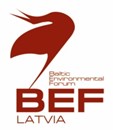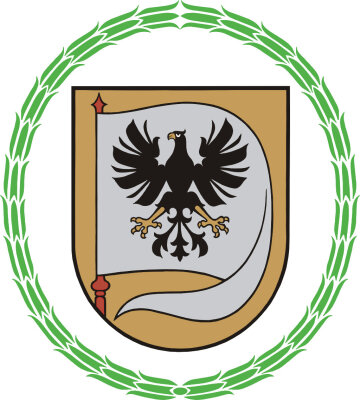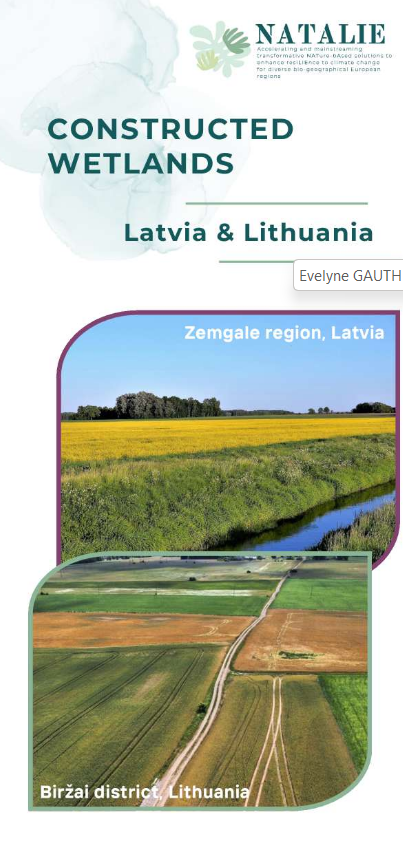FL#3 - "BIRŽAI DISTRICT" (Lithuania)

The case study in 5 minutes

Location
The follower site, the Birzai district, is connected to the demonstration site 3 (Zemgale region). Birzai district is located in the north of Lithuania, on the Latvian border.
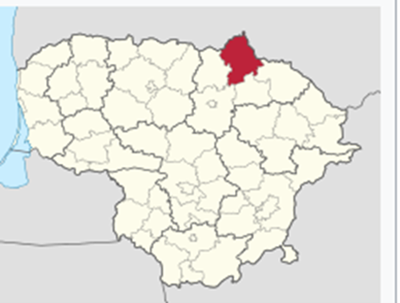
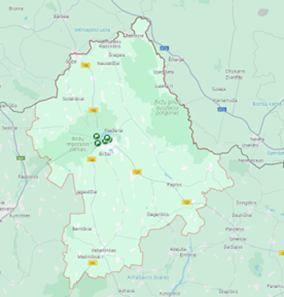
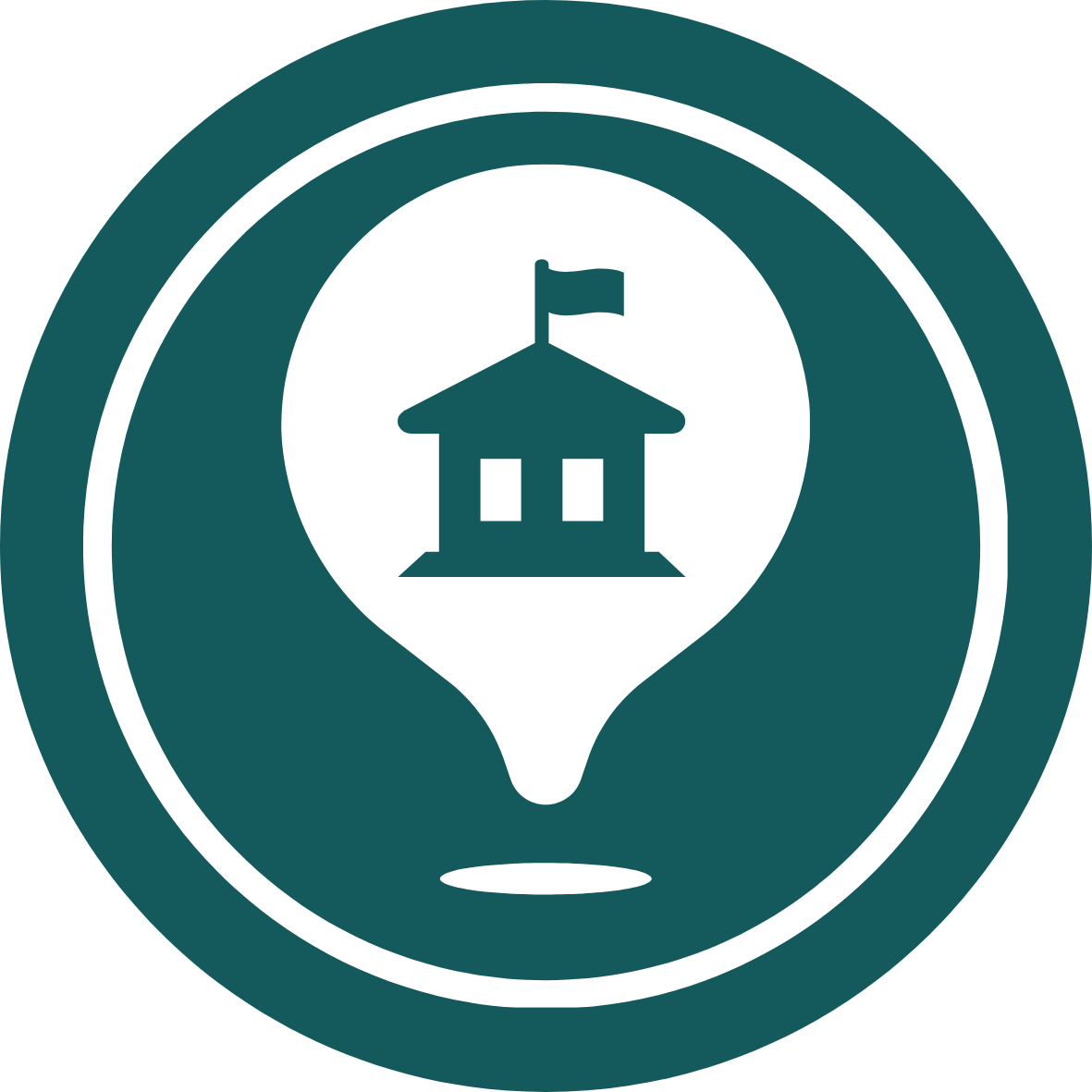
Description of the area
-
Biogeographical Region: Boreal
-
Landscape Context: Rural agricultural area
-
Total Area: 1 476 km² (water bodies 2.6 %; built-up areas 1.3 %)
-
Topography & Geology: Karst region of fragmented farmland divided by individual ravines and ravine systems
-
Hydrology: Three main rivers (Nemunėlis, Apaščia, Tatula), 17 lakes, and 2 ponds including Širvėna, Lithuania’s oldest artificial lake
-
Forest Cover: 26.4 % of the area in the territory of the municipality

Climatic Challenges
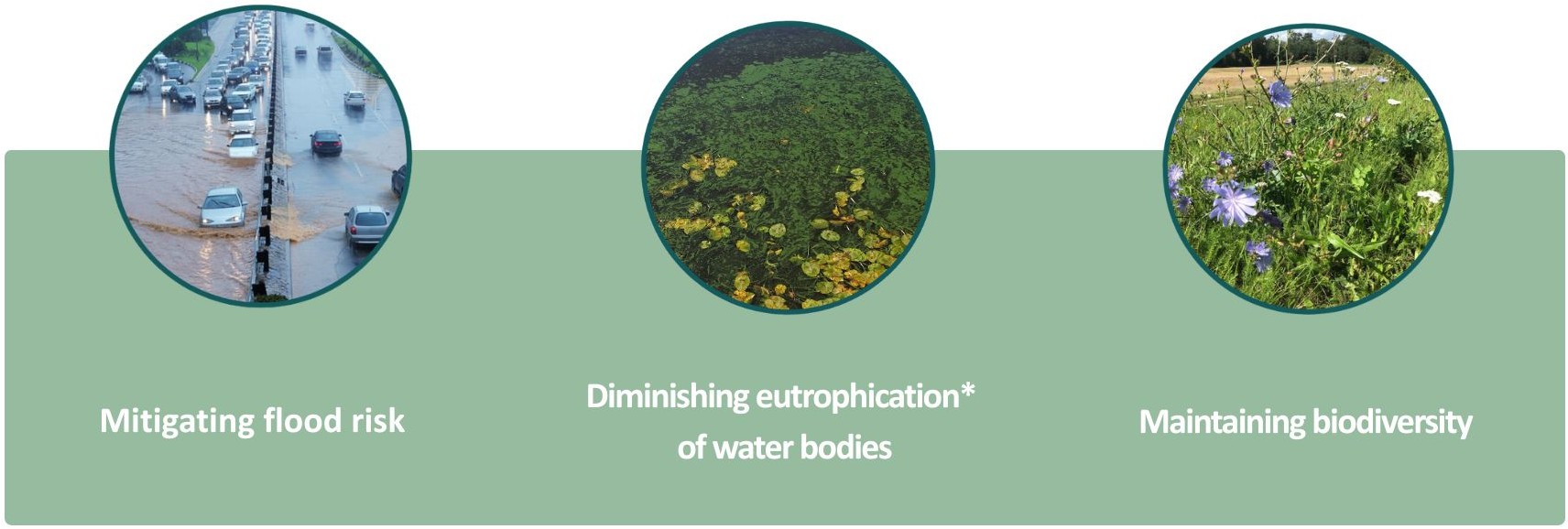

Planned activities
FL#3 will adopt knowledge and experience (by monitoring DS#3) on the following aspects:
• How stakeholders are involved,
• Explain technological aspects in demonstration cases,
• Assessing the potential of created wetlands,
• Design and application of artificial wetlands for animal husbandry, for small settlements,
• Systematic and targeted planning, demonstrating the NBS implementation process,
• Feasibility study for obtaining funding and the adaptation of constructed wetlands in various parts of the region.
At the same time, with the help of experts, suitable areas for the installation of constructed wetlands in Biržai district will be studied, and the guidelines for planning, designing and implementing constructed wetlands prepared by DS#3 will be adapted.
Specific follower actions to be implemented:
Social acceptance:
• Raising awareness, citizen engagement.
• Governance (policy and regulation framework):
• Identification of specific issues (i.e. roadmap setting),
• Fostering links between science and policy decisions,
• Planification.
Capacity building:
• Share good practice & strategy & tool (i.e. on the creation and running of a financial tool dedicated to NBS implementation),
• Training for public and private decision-makers and technical teams of local and regional authorities.
Replicability:
• Identification of project owners ready to replicate,
• Implement NBS locally (if financing can be secured).
Monitoring/evaluation:
• Monitoring and evaluation strategy for the new NBS projects implemented locally.

Progress
Representatives of the Biržai District Municipality Administration (FL#3) are visiting installed and functioning artificial wetlands in the district, find out what reasons prompted them to choose such a water treatment solution, whether the artificial wetlands were installed with their own funds, or after receiving funding, acknowlwdges with their installation technologies. FL#3 also visited artificial wetlands, which were abandoned and finds out the reasons why such a decision was made. Artificial wetlands of three companies in 5 locations were visited and inspected.
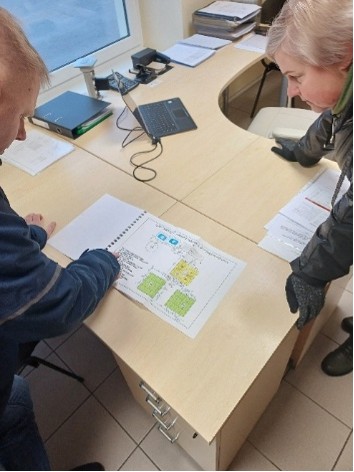
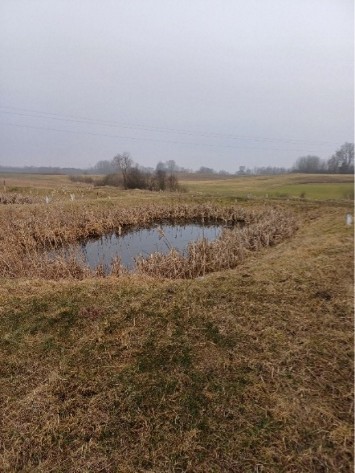
FL#3 is also interested in an analogous project #Waterman being implemented in Lithuania, Klaipėda district, where an artificial wetland is being installed, where the accumulated surface water will be cleaned and will be used to irrigate urban plants. Experience and insights are shared. The FL#3 signed an agreement with JSC “Estonian, Latvian & Lithuanian Environment” for the performance of a feasibility study. The task - to investigate the most suitable areas for the installation of constructed wetlands in Biržai district has to be finished in 6 months. FL#3 is preparing for a CS#3 meeting planned in May 15-16th, with CS#3 colleagues, finalizing the agendas.
FL#3 is working toward citizen engagement. The survey about wetlands published on the municipality's website is being improved – visitors who fill out the questionnaire will receive feedback along with correct answers and additional information and knowledge. To encourage activity, a hike to the swamp with an ecologist is planned for interested residents. During story board meetings it has been clarified: the message should be aimed at the public and demonstrate the benefits of artificial wetlands.

Ambition
Ambition during the project
- Gain experience and knowledge on the application of NBS,
- Obtain greater understanding of the benefits of the NBS application and popularity,
- Perform a feasibility study for financing and investing in constructed wetland in the region,
- Adapt guidelines from the demonstration site for the planning, design and implementation of constructed wetlands for water treatment in livestock facilities and small villages.
The maximum outcome is to have at least one wetland installed for water purification in the district. The costs for this implementation are not included in the NATALIE budget and would come from other sources.
Ambition after the project
The feasibility study will be the basis for obtaining funding for the installation of wetlands – as a result of which the application of NBS to improve water quality will spread and become popular. The ambition is that NBS are widely used because they are understandable to the public and are considered a desirable solution. In parallel, as a result of implementation of NBSs, the biodiversity will hopefully increase, and the risk of flooding will decrease.

Questions
Ever wondered how nature can help us tackle climate change?
NBS are “Solutions inspired and supported by nature, which are cost-effective, simultaneously provide environmental, social and economic benefits and help build resilience.”
European Commission, 2015.
To ensure long-term sustainability and low maintenance of artificial wetlands:
- Use native plants – adapted to local conditions, need less care.
- Design for natural water flow – use gravity and site hydrology to manage water levels.
- Include passive features – like weirs and natural filters to reduce mechanical needs.
- Support biodiversity – diverse habitats make the system more resilient.
- Build in zones – modular design allows easy adaptation or repair.
- Ensure access – for simple monitoring and occasional upkeep.

Gallery
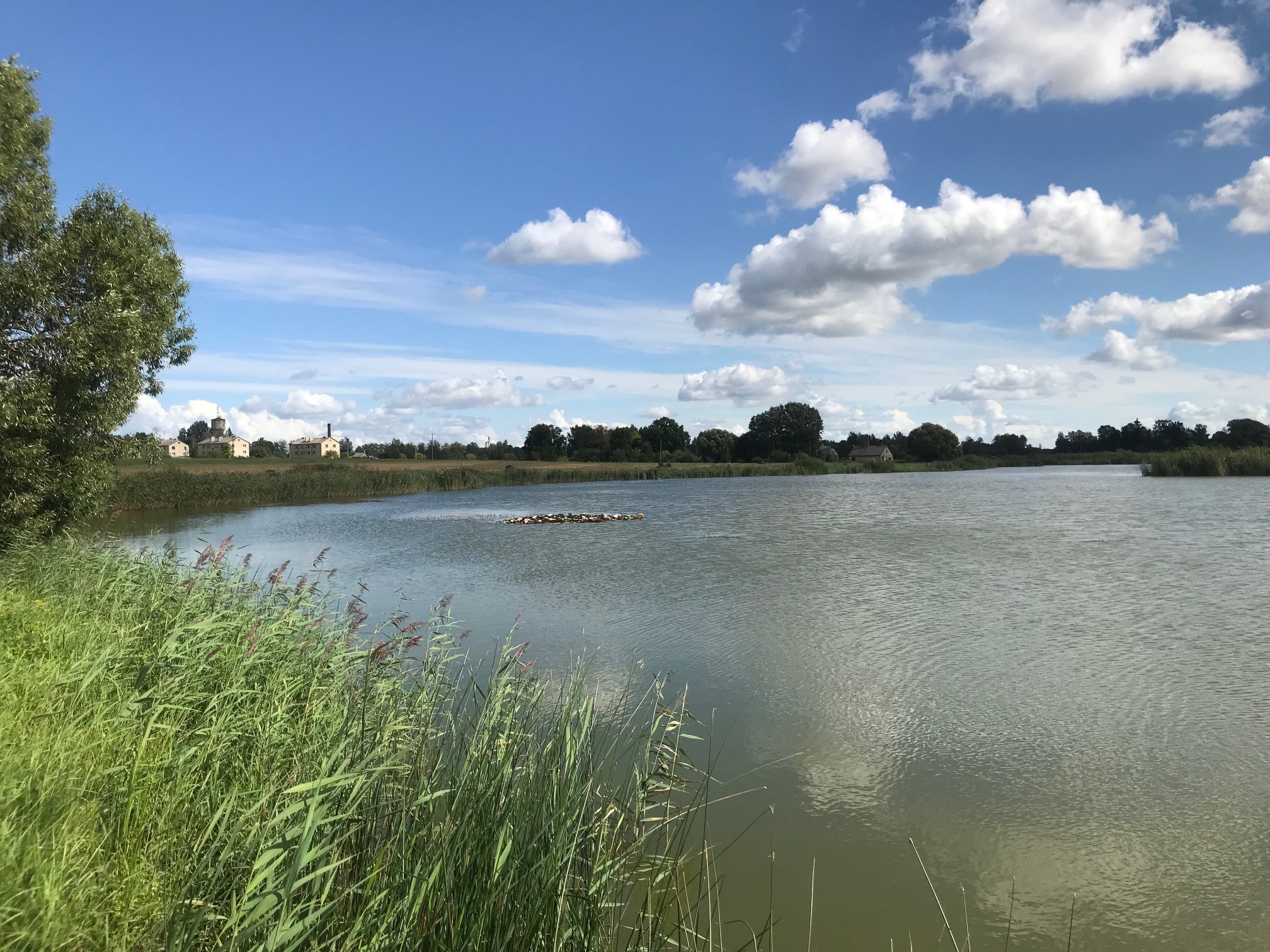
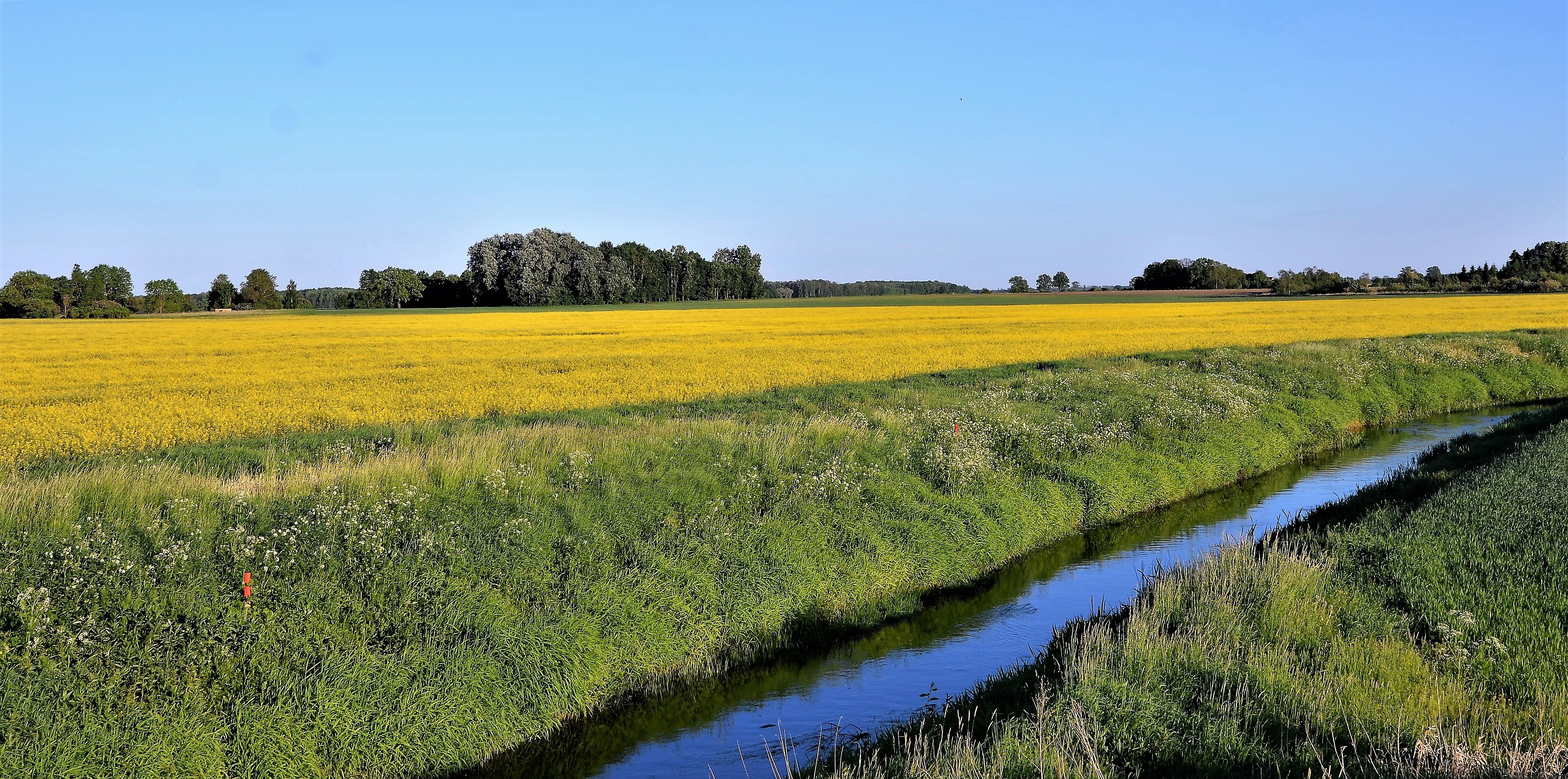
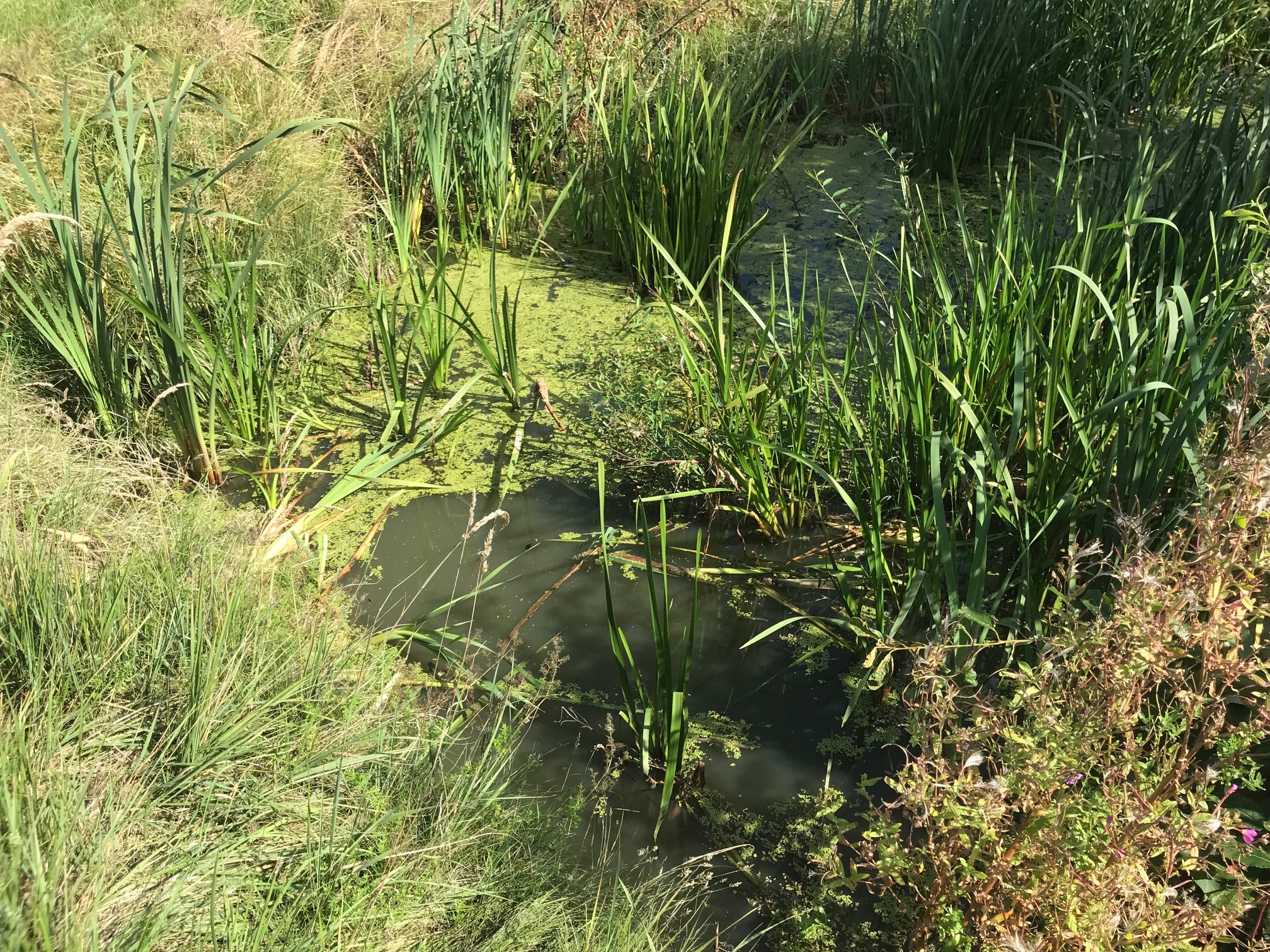
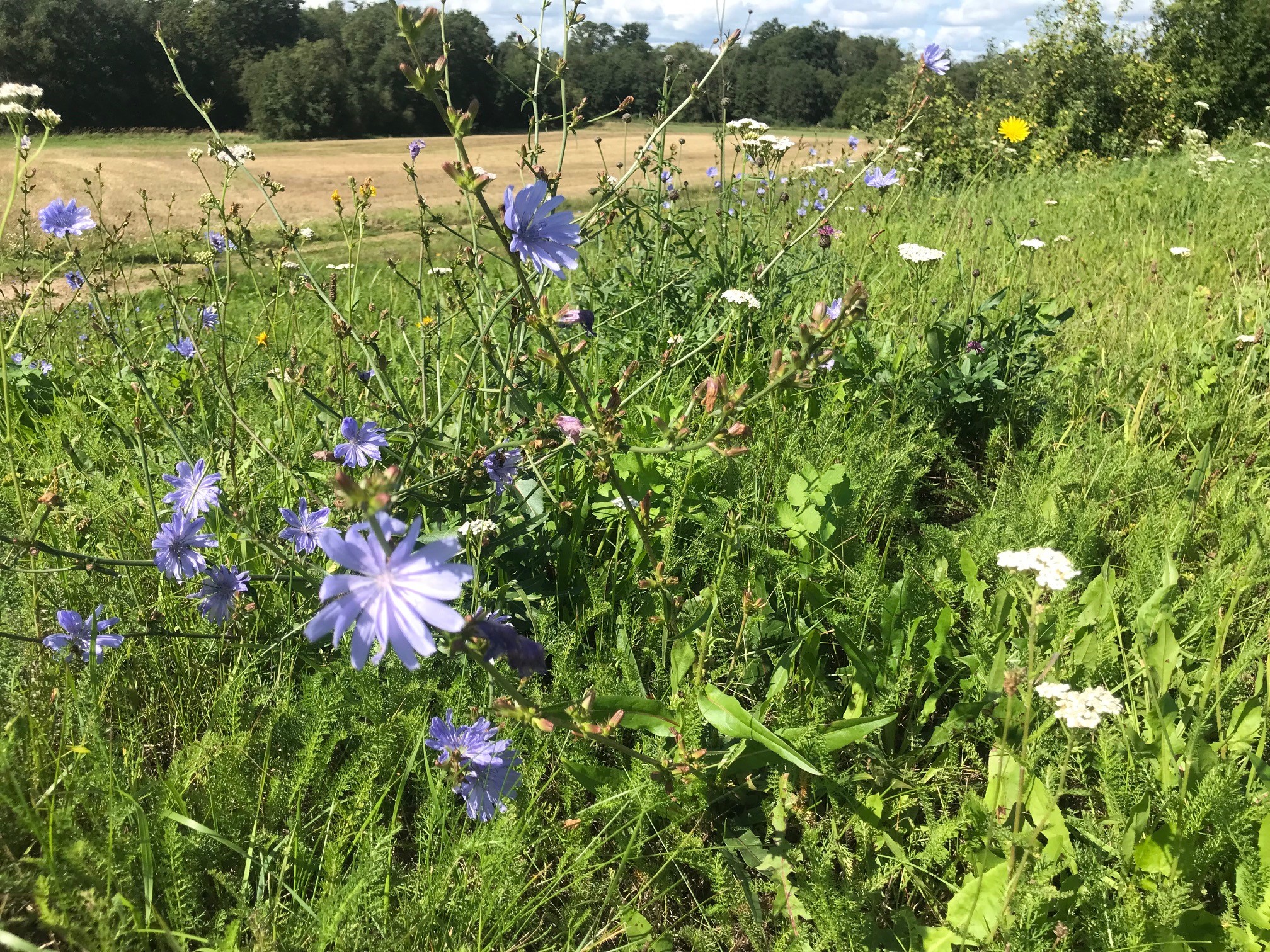

Involved partners
